Identifying Patients at High Risk for Falls using an AI/ML model [Geriatrics]
Annals of Family Medicine
NOVEMBER 20, 2024
Context: Patient Safety Objective: Identify Patients at High Risk for Falls using an AI/ML model. Falls among elderly patients are costly and potentially preventable. Overtreatment of hypertension has been identified as a major risk factor for putting patients at risk for falls in patients with low blood pressures.

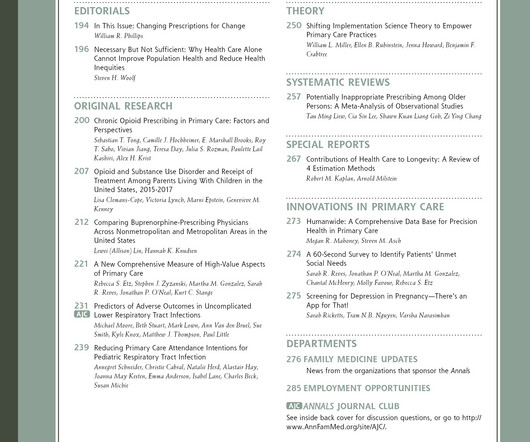
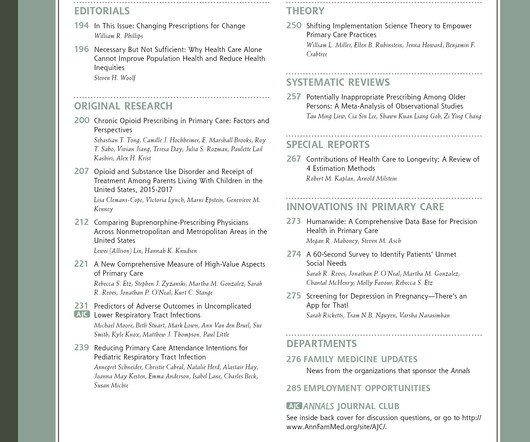
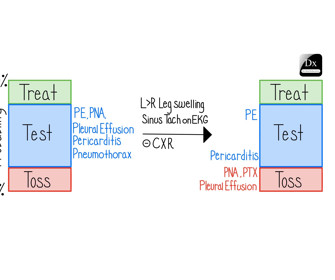
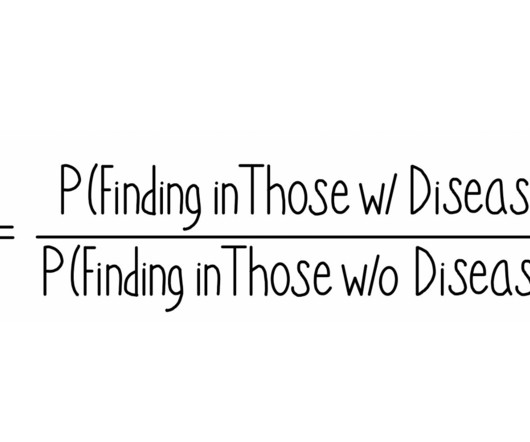
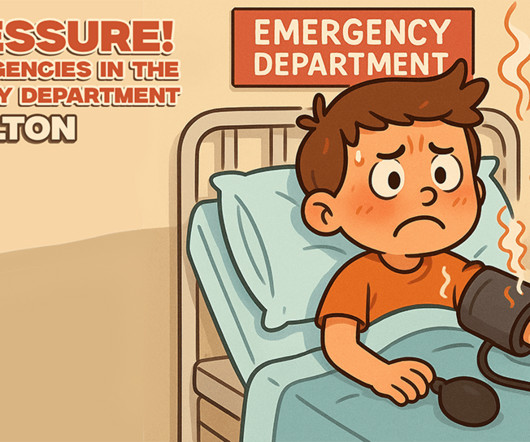






Let's personalize your content